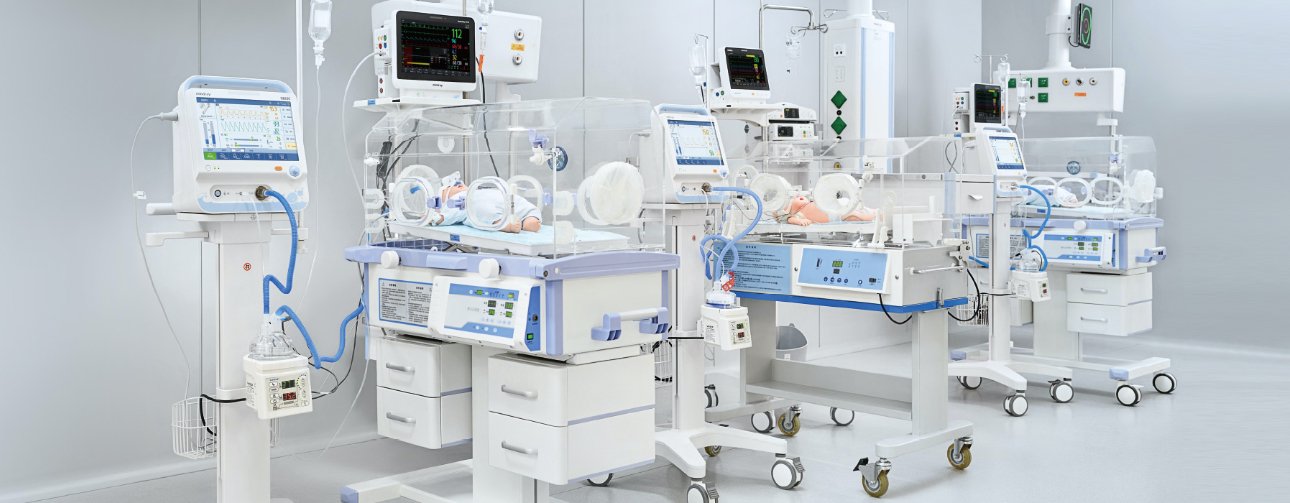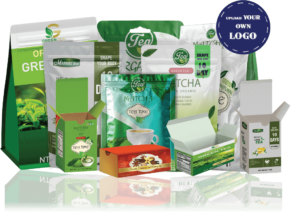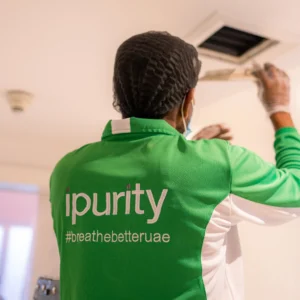The global neonatal ventilators market has emerged as a vital sector within the medical device industry, particularly in the realm of pediatric care. With the increasing prevalence of respiratory disorders in neonates and advancements in ventilator technology, this market is poised for significant growth. The following sections will explore the current market size, key drivers of growth, regional dynamics, and a detailed look at the major players in the industry.
Market Size and Valuation
Current Valuation
As of 2023, the global neonatal ventilators market was valued at approximately USD 407.9 million. This figure reflects the increasing recognition of neonatal ventilators as essential tools in managing the respiratory needs of infants, particularly those born prematurely or with congenital disorders.
Future Projections
The neonatal ventilators market is projected to grow significantly, with an anticipated Compound Annual Growth Rate (CAGR) of 6.41% from 2024 to 2032. By the end of this forecast period, the market value is expected to reach approximately USD 714.2 million. This growth trajectory is fueled by various factors, including technological advancements, increasing healthcare expenditure, and a rising awareness of neonatal care.
Regional Market Dynamics
Asia Pacific Market Share
The Asia Pacific region holds a significant share of the neonatal ventilators market. This can be attributed to several factors, including:
- High Birth Rates: Countries such as India and China have high birth rates, leading to a substantial number of neonates requiring respiratory support.
- Improved Healthcare Infrastructure: Rapid improvements in healthcare infrastructure and accessibility to medical devices in emerging economies contribute to market growth.
- Government Initiatives: Various governments are implementing policies to improve maternal and neonatal health, further boosting demand for neonatal care devices.
Get a Free Sample Report with Table of Contents
Key Drivers of Market Growth
Advancements in Ventilator Technology
One of the most significant drivers of growth in the neonatal ventilators market is the ongoing advancements in ventilator technology. Innovations include:
- Smart Ventilators: These devices come equipped with advanced monitoring systems that allow for real-time data analysis, improving patient outcomes.
- Portable Ventilators: The development of lightweight and portable ventilators has made it easier to transport neonates within hospitals or during emergency situations.
- User-Friendly Interfaces: Modern ventilators are designed with intuitive interfaces, allowing healthcare professionals to operate them more efficiently and effectively.
Rising Prevalence of Respiratory Disorders in Neonates
The increasing prevalence of respiratory disorders in neonates is another key factor driving market growth. Conditions such as:
- Respiratory Distress Syndrome (RDS): This condition is common among premature infants due to insufficient surfactant production in the lungs, necessitating ventilatory support.
- Congenital Diaphragmatic Hernia: This birth defect affects the diaphragm and can lead to severe respiratory complications in affected infants.
The rise in such conditions has created a higher demand for neonatal ventilators to ensure timely and adequate respiratory support.
Increasing Healthcare Expenditure
As countries invest more in healthcare, the availability of advanced medical devices, including neonatal ventilators, is improving. This increase in healthcare expenditure is particularly evident in developing nations, where governments are focusing on enhancing healthcare systems and ensuring access to quality medical care.
Growing Awareness of Neonatal Care
There is a growing awareness of the importance of neonatal care among healthcare professionals and the general public. This increased awareness has led to more investments in neonatal units within hospitals and the establishment of specialized neonatal care centers, all of which contribute to the demand for neonatal ventilators.
Major Players in the Neonatal Ventilators Market
The neonatal ventilators market is characterized by the presence of several key players, each contributing to the market’s growth through innovation and product development. Some of the leading companies include:
1. Philips Healthcare
Philips Healthcare is a prominent player in the neonatal ventilators market, known for its innovative medical devices and solutions. The company has a strong focus on research and development, enabling it to introduce advanced ventilator technologies that enhance patient care. Philips’ neonatal ventilators are equipped with features such as:
- Advanced Monitoring Capabilities: These features allow healthcare providers to monitor the respiratory status of neonates in real time, ensuring timely interventions.
- Customization Options: Philips offers a range of ventilator settings to cater to the specific needs of different patients, providing personalized care.
2. Medtronic
Medtronic is another major player in the neonatal ventilators market, recognized for its comprehensive portfolio of medical devices. The company’s neonatal ventilators are designed to provide precise and efficient respiratory support to newborns. Key features of Medtronic’s products include:
- Innovative Technology: Medtronic invests heavily in R&D to develop cutting-edge ventilators that integrate the latest technologies to improve patient outcomes.
- User-Centric Design: The design of Medtronic’s ventilators prioritizes ease of use for healthcare professionals, facilitating better clinical workflows.
3. GE Healthcare
GE Healthcare is well-known for its broad range of medical devices, including neonatal ventilators. The company’s commitment to innovation is reflected in its ventilator products, which are designed to meet the unique needs of neonatal patients. Some notable aspects include:
- Versatile Ventilation Modes: GE’s ventilators offer various modes to support different patient needs, enhancing their utility in clinical settings.
- Integration with Health Systems: GE Healthcare focuses on ensuring that its devices seamlessly integrate with existing health systems, improving overall patient management.
4. Drägerwerk AG & Co. KGaA
Drägerwerk AG & Co. KGaA is a global leader in medical and safety technology, including neonatal ventilation solutions. The company is recognized for its high-quality products and commitment to enhancing neonatal care. Key features of Dräger’s ventilators include:
- Robust Safety Features: Dräger’s products are designed with multiple safety features to ensure the well-being of vulnerable neonates.
- Comprehensive Training and Support: Dräger offers extensive training programs for healthcare providers, ensuring that they can operate the ventilators effectively.
Challenges Facing the Market
Despite the positive growth trajectory of the neonatal ventilators market, several challenges could impact its development, including:
High Costs of Advanced Ventilation Technology
The high cost of advanced neonatal ventilators can be a barrier to access, especially in low-resource settings. Many hospitals may find it challenging to invest in the latest technology, potentially leading to disparities in care.
Regulatory Challenges
The medical device industry is heavily regulated, and obtaining approval for new products can be a lengthy and complex process. This regulatory environment can slow down the introduction of innovative technologies into the market.
Need for Skilled Professionals
The effective use of neonatal ventilators requires skilled healthcare professionals trained in neonatal care and respiratory management. A shortage of such professionals in certain regions could limit the potential benefits of advanced ventilators.















